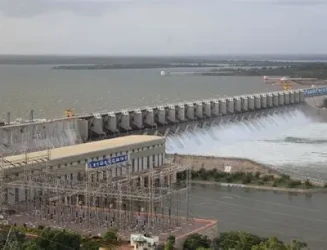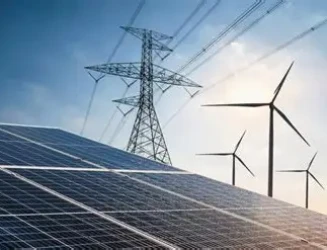The Odisha government is set to implement floating solar power projects with a total capacity of approximately 1,000 MW, utilizing the state's large and medium reservoirs. This initiative forms a key component of Odisha’s target to achieve 10 GW of renewable energy capacity by 2030, with solar energy expected to contribute 7.5 GW.
To drive this effort, an inter-departmental reservoir committee has been formed and has met three times to accelerate implementation. The committee is finalizing integrated GIS maps for major reservoirs like Hirakud, Rengali, and Upper Indravati, while also assessing potential sites at Upper Kolab and Balimela. Earlier, consultants were engaged to conduct feasibility studies on around 51 medium reservoirs, laying the foundation for broader deployment.
According to the International Forum for Environment, Sustainability and Technology (iFOREST), data from the National Institute of Solar Energy (NISE) indicates Odisha has a floating solar potential of 33.5 GW across 670 sq. km of viable water surface.
Floating solar farms offer dual benefits — they make efficient use of unused water bodies and enhance solar panel performance due to the cooling effect of water, making them more effective than traditional ground-mounted systems.
News by Rahul Yelligetti.
![{[setting('site_name')]}](https://projxnews.com/uploads/setting/16983847711140531930.webp)












